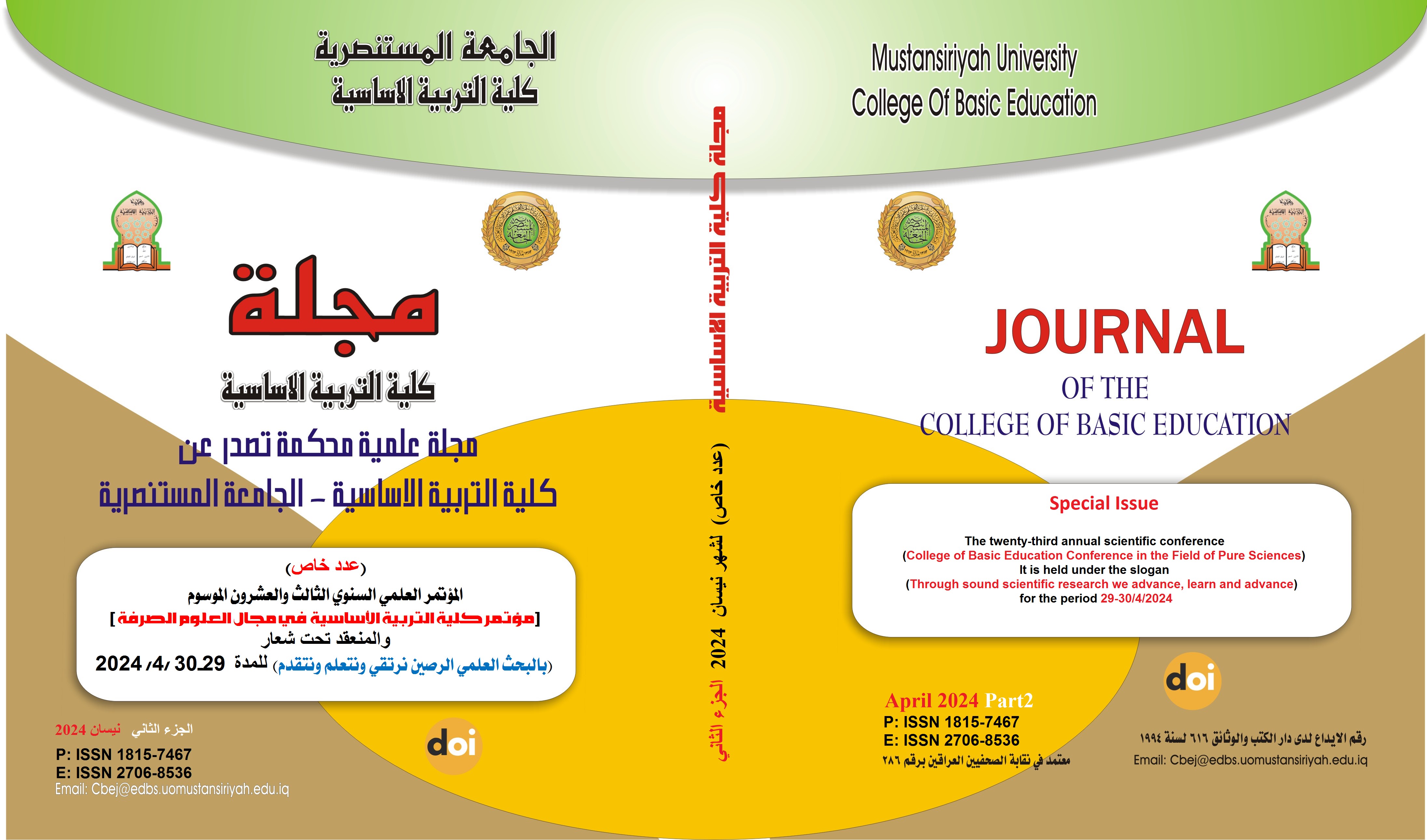The use of Bacillus thuringiensis toxins and spores for biological control of fall webworm Hyphantria cunea Drury (Lepidoptera:Erebidae)in Turkiye
Main Article Content
Abstract
Biological control is the use of insect such as predators and parasitoids, or pathogens such as fungi and viruses, to control unwanted insects, weeds, or diseases. Biological control dates back to 324 BC, when Chinese growers were recorded using ants to feed on citrus pests. Our study aimed to determine the effects of local Bacillus thuringiensis (Bt) isolates and their Cry proteins on the larvae of Hyphantria cunea. Six strains of Bt were used: BtSY49.1, BtSY25.1, BtSY33.3, BtSY56.3, BtSY27.1 and standard strain Bacillus thuringiensis var kurstaki (Btk). The larvae of Hyphantria cunea were collected from the Rize region of northeastern Turkey. Seven doses were determined for each strains at the level: 10 μg/ml: 50 μg/ml: 100 μg/ml: 250 μg/ml: 500 μg / ml, 1000 μg/ml: 2250 μg/ml. Different ages of larvae were exposed to Bt strains. Larval mortality was monitored for five days, included live and dead number of larvae. The result on the first day: SY25.1Bt isolates showed positive significant differences compared to other strains except for SY33.3Bt. on second day, SY25.1 Bt showed positive significant differences compared to SY56.5Bt and Btk except for SY27.1Bt, SY33.3Bt, SY49.1Bt. On the third day, SY27.1Bt showed positive significant differences compared to SY25.1Bt, SY33.3Bt, SY49.1Bt, SY56.5Bt and Btk. On the fourth day, SY27.1Bt showed positive significant differences compared to SY25.1Bt, SY33.3Bt, SY49.1Bt, SY56.5Bt and Btk. On fifth day, SY27.1Bt showed positive significant differences compared to SY25.1Bt, SY33.3Bt, SY49.1Bt, SY56.5Bt and Btk. We can have conclude the mortality rate of Hyphantria cunea increases with the experiment days in all used strains of Bt with all applied doses, and with the progression of time, the mortality rate increases with the higher dose used
Article Details

This work is licensed under a Creative Commons Attribution-ShareAlike 4.0 International License.
